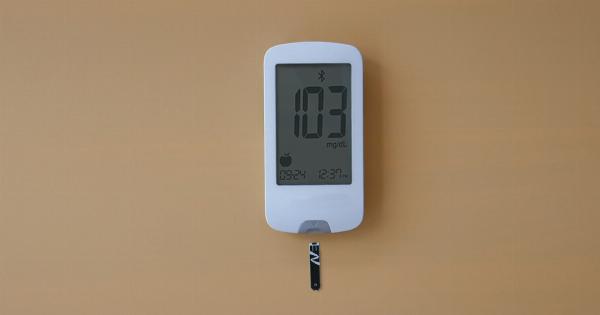Blood pressure readings are a vital part of monitoring our health and detecting any potential problems early on. However, there are several common errors that can affect these readings and lead to inaccurate readings.
In this article, we will discuss 7 common errors that affect blood pressure readings and how to avoid them.
1. Caffeine and Alcohol Consumption
Caffeine and alcohol can both affect our blood pressure readings. Drinking caffeine before a reading can increase blood pressure, while drinking alcohol can lower it.
It is best to avoid caffeine and alcohol for at least 30 minutes before taking a blood pressure reading.
2. Talking
Talking during a blood pressure reading can cause a temporary increase in blood pressure. It is important to remain quiet and calm during the reading to ensure accurate results.
3. Improper Cuff Size
Using the wrong size cuff can affect blood pressure readings. A cuff that is too small will give a reading that is higher than the actual blood pressure, while a cuff that is too large will give a reading that is lower than the actual blood pressure.
It is important to use the correct size cuff for accurate readings.
4. Improper Arm Position
The position of the arm during a blood pressure reading can also affect the results. The arm should be supported at heart level, with the palm facing upward. If the arm is not in the correct position, it can lead to inaccurate readings.
5. Movement
Movement can also affect blood pressure readings. It is important to remain still during the reading, as any movement can cause fluctuations in blood pressure.
6. White Coat Hypertension
White coat hypertension is a phenomenon where a person’s blood pressure increases when in a medical setting, such as a doctor’s office. This can lead to inaccurate readings.
To avoid white coat hypertension, it is important to remain calm and relaxed during the reading.
7. Incorrect Reading Technique
Finally, improper reading technique can also affect blood pressure readings.
It is important to follow the correct procedure for taking a blood pressure reading, including ensuring correct cuff placement and using the correct inflation and deflation technique.




















